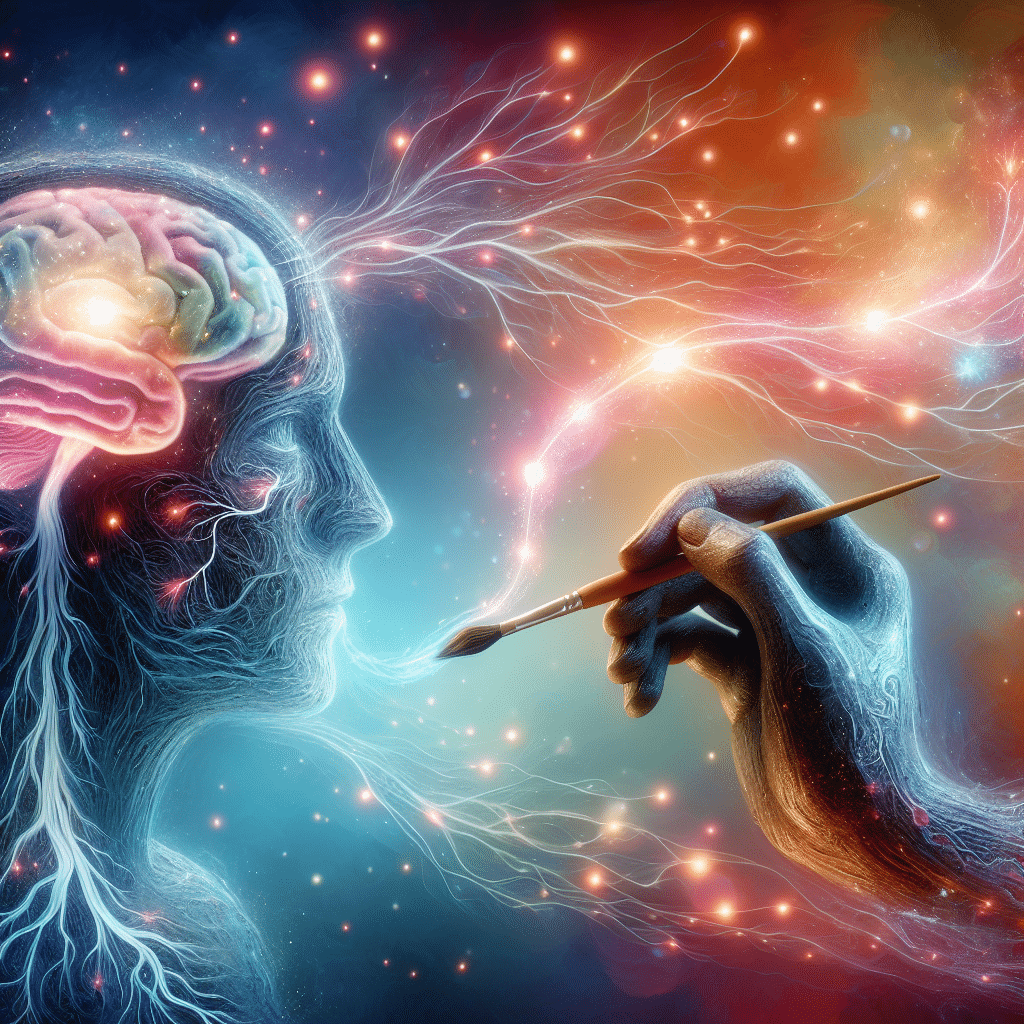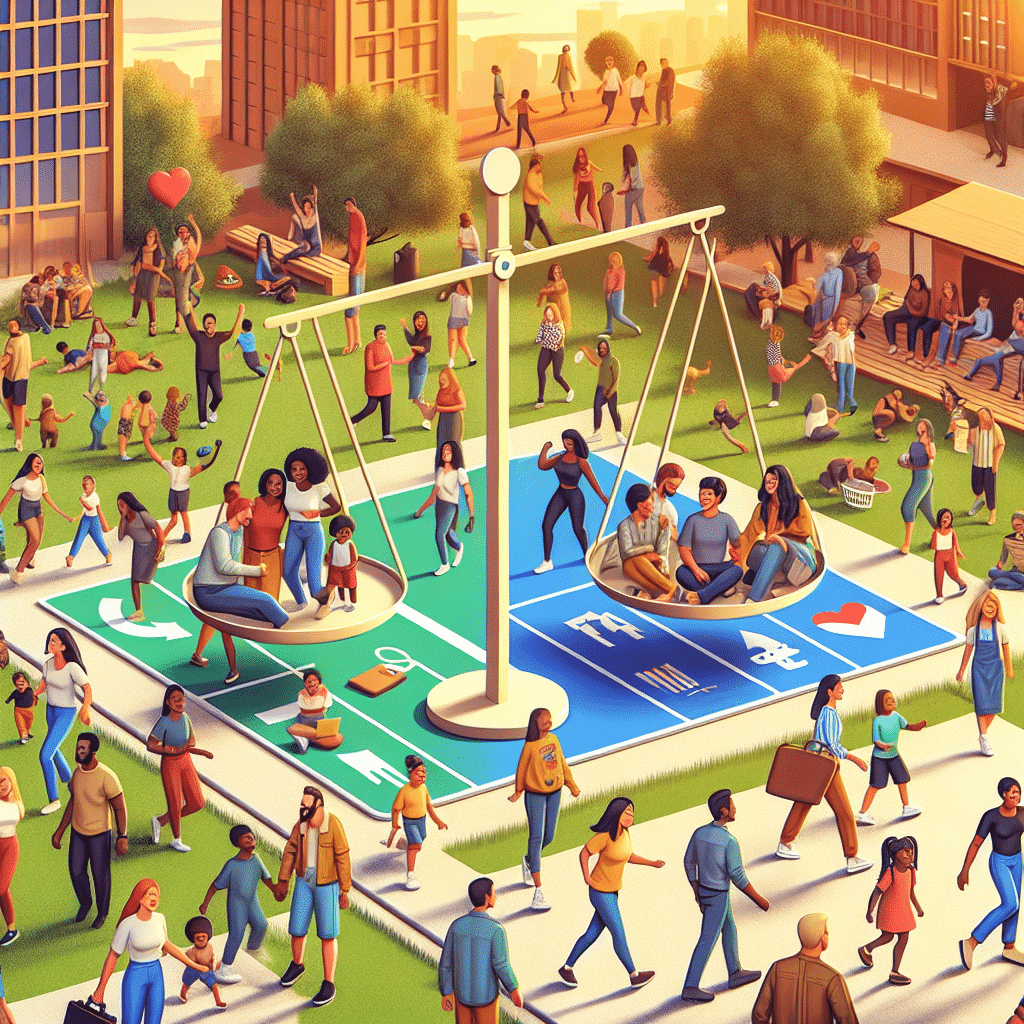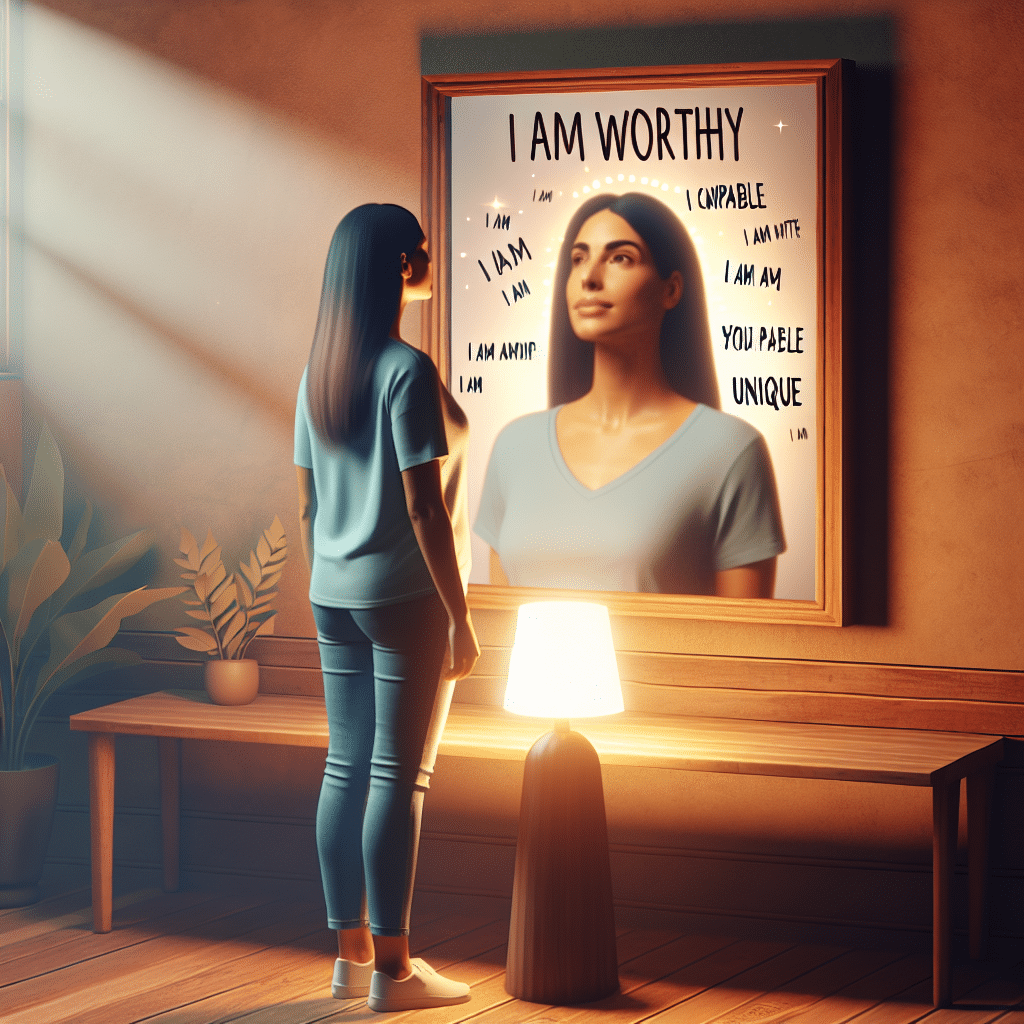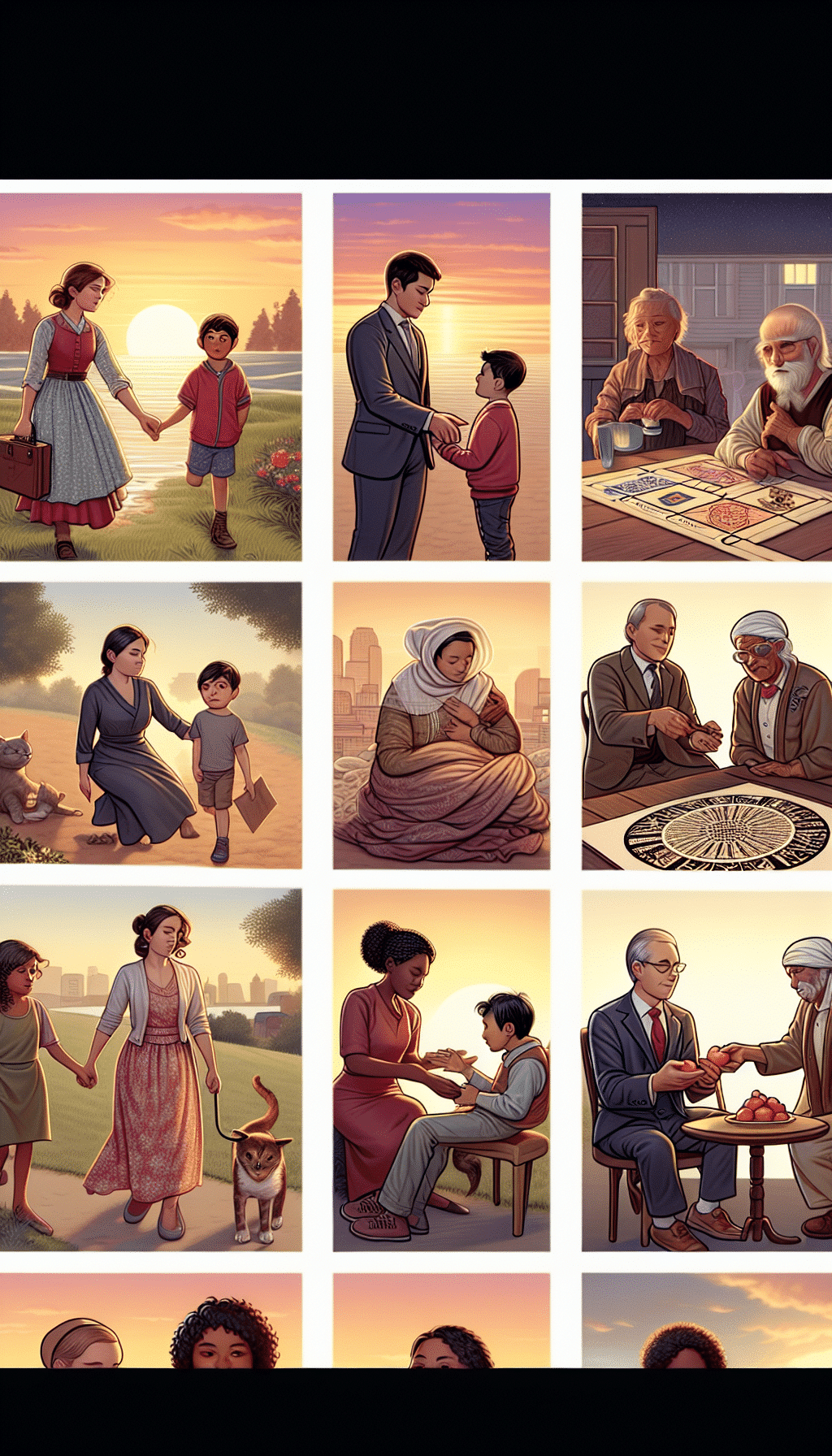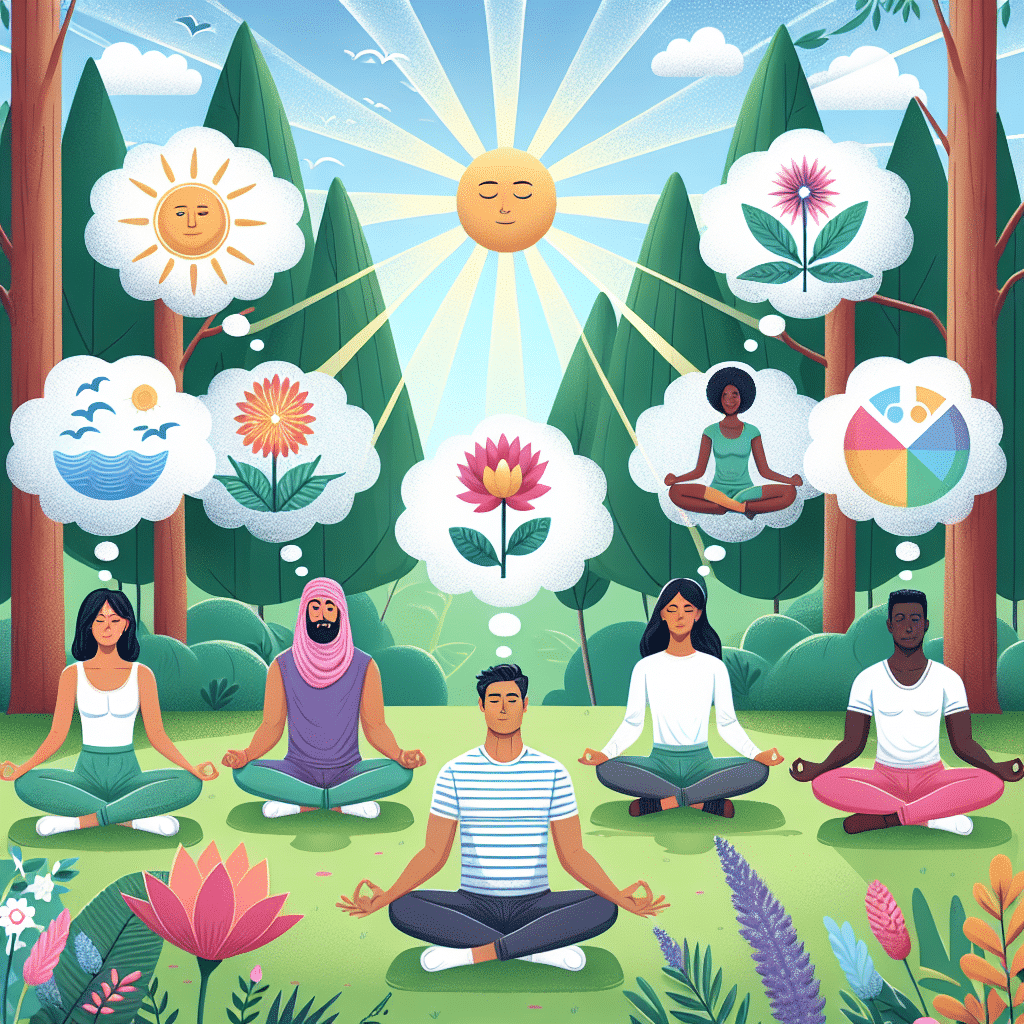Visual arts have been found to have a profound impact on mental health, with many individuals experiencing positive benefits from engaging in various forms of artistic expression. Research indicates a strong connection between visual arts and mental well-being, highlighting the therapeutic nature of creative activities.
Individuals who incorporate visual arts into their lives often find solace, self-expression, and a sense of accomplishment through their creative endeavors. Whether it’s painting, drawing, sculpting, or photography, the act of creating art can have a therapeutic effect on one’s mental health, offering an outlet for emotions and a means of processing difficult experiences.
Many mental health professionals now recognize the potential of visual arts in promoting emotional healing and overall well-being. By harnessing the power of creativity, individuals can tap into their inner strengths, enhance self-awareness, and cultivate a sense of purpose and fulfillment.
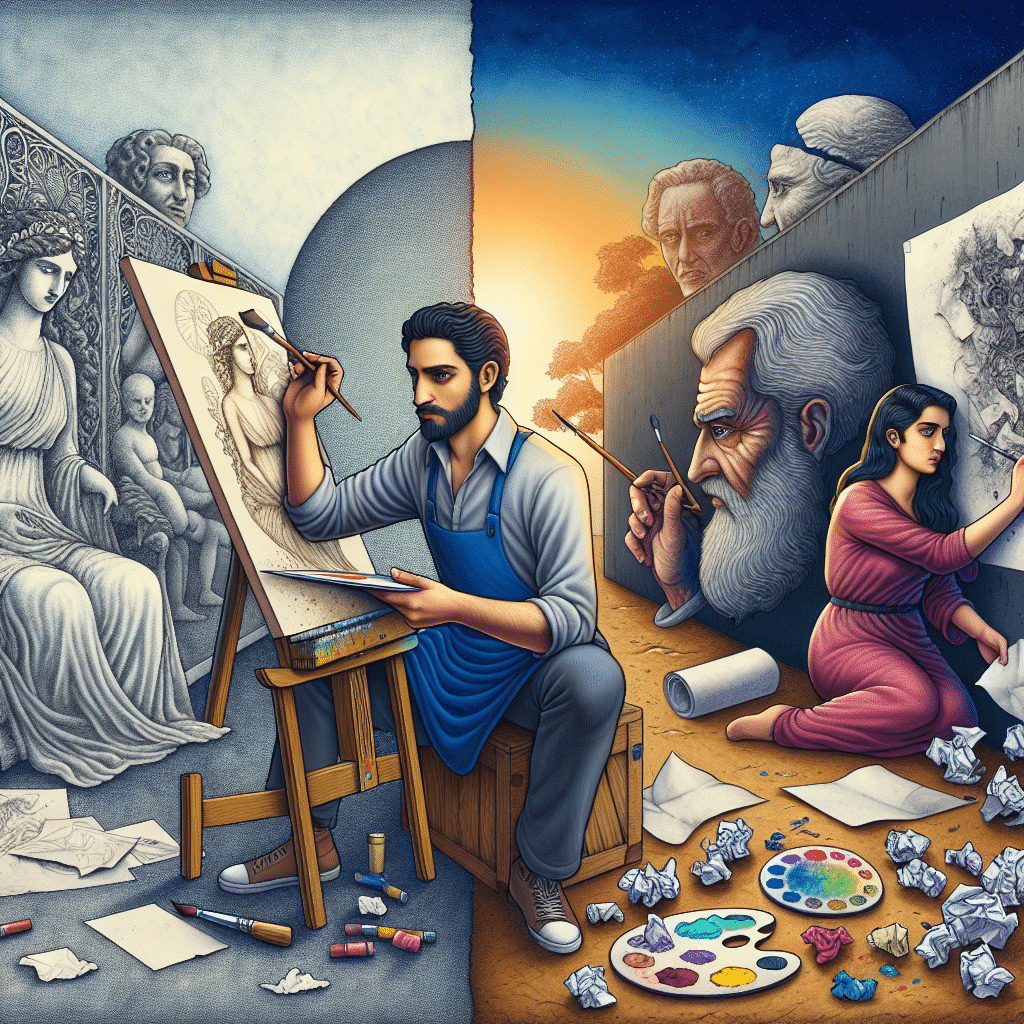
Benefits of Engaging in Visual Arts for Mental Health
Engaging in visual arts can have numerous benefits for mental health and overall well-being. Whether it’s painting, drawing, sculpting, or other forms of creative expression, the act of creating art can be a powerful tool for managing stress, expressing emotions, and improving cognitive function. Here are some key benefits of incorporating visual arts into mental health practices:
1. Stress Reduction:
Creating art can act as a form of meditation, allowing individuals to focus on the present moment and release tension. The process of engaging in creative activities can help reduce cortisol levels, the hormone associated with stress, leading to a sense of relaxation and calm.
2. Emotional Expression:
Visual arts provide a safe space for individuals to express complex emotions that may be difficult to articulate verbally. Through art, individuals can explore their feelings, experiences, and insights, leading to a deeper understanding of themselves and their mental health challenges.
3. Improved Communication:
Art can serve as a non-verbal form of communication, allowing individuals to express themselves without the need for words. This can be particularly beneficial for those who struggle with verbal communication or have experienced trauma that makes it challenging to talk about their emotions.
4. Increased Self-Esteem:
Engaging in visual arts can boost self-esteem and self-confidence by providing a sense of accomplishment and pride in one’s creative abilities. Completing an art project, receiving positive feedback, or simply enjoying the process of creating can all contribute to a greater sense of self-worth.
5. Enhanced Problem-Solving Skills:
The creative process involved in visual arts encourages individuals to think outside the box, experiment with different techniques, and problem-solve in innovative ways. These skills can be transferable to other areas of life, helping individuals navigate challenges and overcome obstacles more effectively.
Incorporating visual arts into mental health practices can be a valuable tool for promoting emotional well-being, self-expression, and stress management. Whether as a form of therapy, self-care, or simply as a creative outlet, the benefits of engaging in visual arts are vast and can contribute to a healthier mind and spirit.
Therapeutic Approaches in Visual Arts
Visual arts have been increasingly recognized for their therapeutic benefits in mental health treatment. Therapeutic approaches involving visual arts aim to promote self-expression, creativity, and emotional release. These methods can be integrated into various mental health interventions to support individuals in their healing journey.
The benefits of therapeutic approaches in visual arts include:
- Self-Expression: Creating art allows individuals to express their thoughts, feelings, and experiences in a non-verbal manner. This can be particularly beneficial for those who find it challenging to articulate their emotions verbally.
- Emotional Regulation: Engaging in visual arts can help individuals regulate their emotions and cope with stress, anxiety, and depression. The process of creating art can be calming and soothing, providing a sense of control and mastery over one’s emotions.
- Enhanced Creativity: Visual arts encourage individuals to tap into their creativity and imagination, fostering a sense of exploration and innovation. This can lead to new perspectives, insights, and problem-solving skills.
- Improved Self-Esteem: Creating art can boost self-esteem and self-confidence, as individuals experience a sense of accomplishment and pride in their artistic creations. This can help combat negative self-perceptions and feelings of inadequacy.
- Connection and Communication: Visual arts can facilitate connections with others and promote communication through shared creative experiences. Group art therapy sessions, for example, provide a supportive environment for individuals to connect, collaborate, and express themselves.
Overall, therapeutic approaches in visual arts offer a holistic and person-centered approach to mental health care, empowering individuals to explore their inner worlds, enhance their emotional well-being, and cultivate resilience. Incorporating visual arts into mental health interventions can complement traditional therapeutic techniques and provide individuals with a creative outlet for self-discovery and healing.
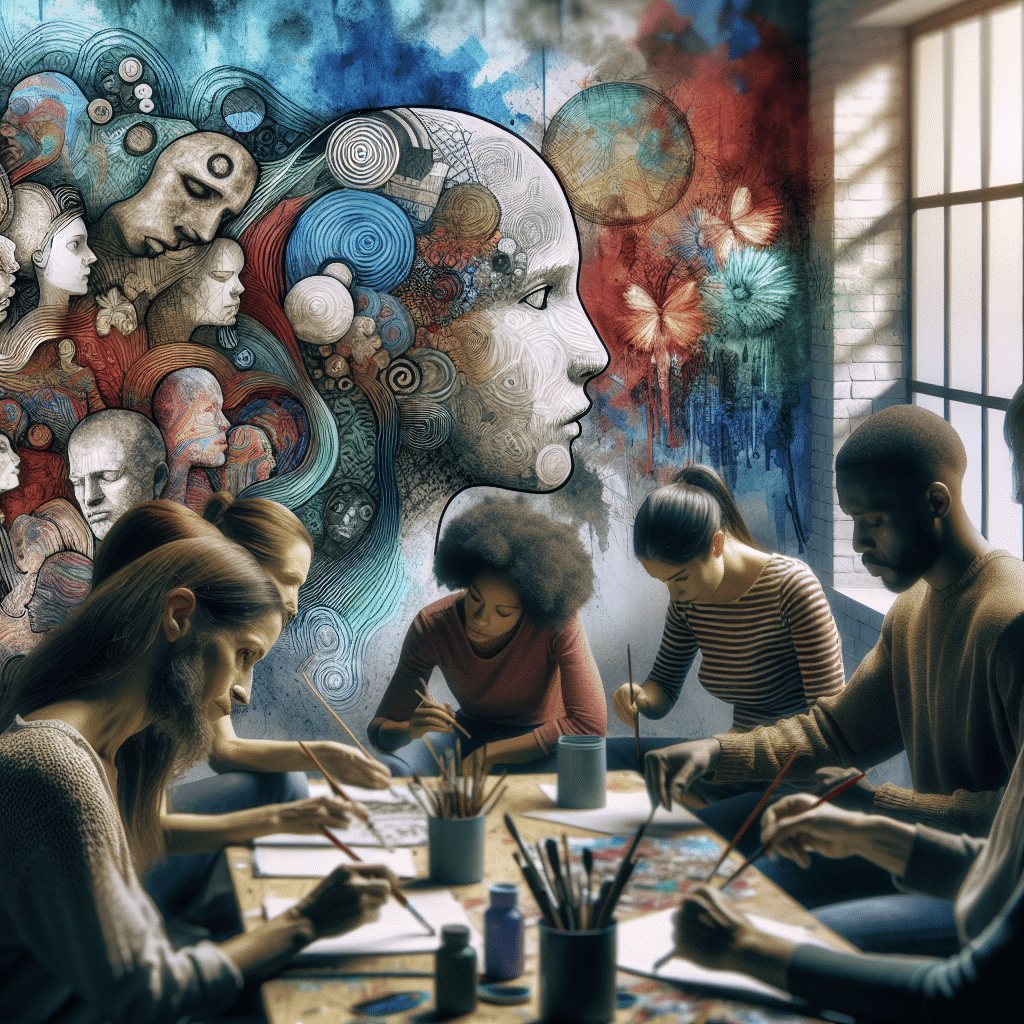
Case Studies of Visual Arts Improving Mental Health
There have been numerous case studies documenting the positive impact of visual arts on mental health. One such case study involved a group of individuals with anxiety disorders who participated in an art therapy program. The participants reported a decrease in their symptoms of anxiety and an overall improvement in their mental well-being after engaging in regular art therapy sessions. This study highlights the therapeutic potential of visual arts in managing mental health conditions.
Another case study focused on individuals with depression who took part in a painting workshop. The participants expressed feelings of increased self-esteem and a sense of accomplishment after completing their art pieces. The act of creating something visually appealing served as a form of self-expression and helped alleviate symptoms of depression. This case study showcases how engaging in visual arts can have a positive impact on mood and emotional well-being.
One particularly impactful case study involved veterans with post-traumatic stress disorder (PTSD) who participated in a photography project. Through capturing and sharing their personal stories through photography, the veterans experienced a sense of empowerment and healing. The visual arts allowed them to express emotions that were difficult to verbalize, leading to a reduction in PTSD symptoms and an improvement in overall mental health.
These case studies demonstrate the diverse ways in which visual arts can contribute to improving mental health outcomes. Whether through painting, photography, or other artistic mediums, the act of creation and self-expression can serve as a powerful tool for individuals struggling with mental health issues.
Resources for Incorporating Visual Arts into Mental Health Care
There are various resources available for individuals looking to incorporate visual arts into their mental health care routine. These resources can be beneficial for both professionals in the mental health field and individuals seeking to improve their well-being through artistic expression.
1. Art Therapy Programs
Art therapy programs are designed to help individuals explore their thoughts and emotions through artistic expression. These programs are often facilitated by trained art therapists who guide participants in creating art pieces that reflect their inner experiences. Engaging in art therapy can provide individuals with a constructive outlet for processing and expressing their feelings, ultimately promoting mental well-being.
2. Online Art Classes
Online art classes offer a convenient way for individuals to explore their creativity and improve their mental health from the comfort of their own homes. These classes cover a wide range of artistic techniques and mediums, allowing participants to discover new ways of expressing themselves through art. Additionally, online art classes can be a great way to connect with a supportive community of fellow artists who share similar interests.
3. Art Supplies and Tools
Access to quality art supplies and tools is essential for individuals looking to incorporate visual arts into their mental health care routine. Investing in a variety of materials such as paints, pencils, and canvases can open up new opportunities for creative expression and experimentation. Having the right tools on hand can also make the process of creating art more enjoyable and fulfilling.
4. Art Exhibitions and Galleries
Attending art exhibitions and galleries can be a source of inspiration and motivation for individuals seeking to incorporate visual arts into their mental health care routine. Viewing artwork created by others can stimulate creativity and provide new perspectives on one’s own artistic practice. Additionally, engaging with the broader art community can foster a sense of connection and belonging, which is essential for overall well-being.
By utilizing these resources, individuals can harness the therapeutic benefits of visual arts to improve their mental health and overall quality of life.
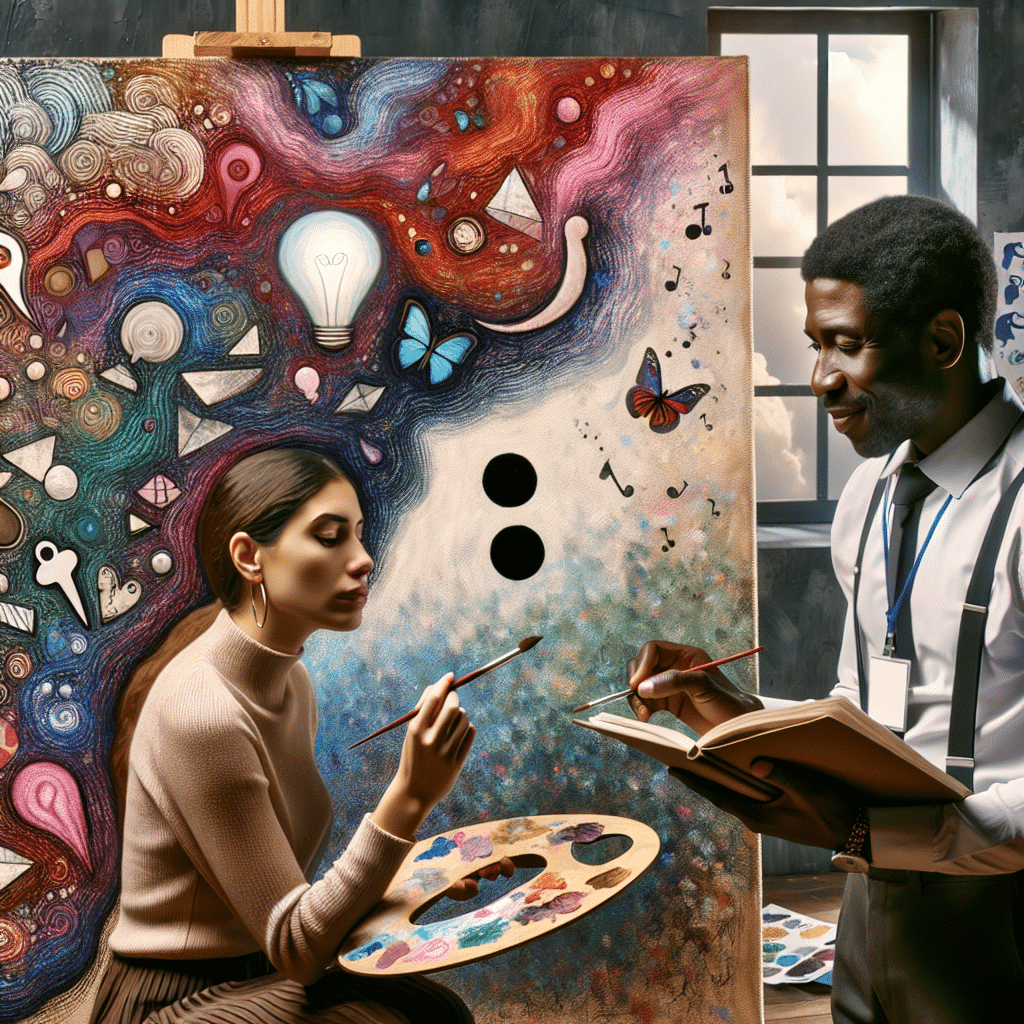
Summary
Engaging in visual arts has been found to have a positive impact on mental health by providing a creative outlet for self-expression and emotional exploration. This connection between visual arts and mental health has led to a growing interest in incorporating art therapy into mental health care.
Benefits of engaging in visual arts for mental health include stress reduction, increased self-awareness, and improved communication skills. Therapeutic approaches using visual arts, such as art therapy, can help individuals process traumatic experiences and manage symptoms of anxiety, depression, and other mental health conditions.
Through case studies and research, it has been observed that visual arts can significantly improve mental well-being and serve as a powerful tool for healing and personal growth. Resources are available for individuals and mental health professionals to explore and incorporate visual arts into mental health care practices.

